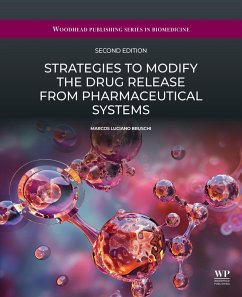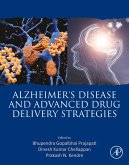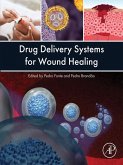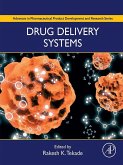Strategies to Modify the Drug Release from Pharmaceutical Systems, Second Edition serves as a vital reference on contemporary models aimed at achieving the precise therapeutic dosage and timing of drug release. The book provides updated strategies, mathematical models, routes of administration, and technologies, all presented succinctly and objectively. This six-chapter guide covers general concepts of drug release modification and classification of therapeutic systems, including passive versus active targeting. It delves into mechanisms to control drug release, discussing materials and technologies, and introduces mathematical and physicochemical models of drug release.Furthermore, it reviews drug delivery systems like 3D printing, nose-to-brain delivery, environmentally responsive systems, and new lipid systems, making it indispensable for pharmaceutical scientists, graduate students, materials scientists, and chemists. - Includes up to date physicochemical principles and mathematical models - Covers new drug delivery systems such as 3D printed systems - Presents the advances in drug delivery from the past decade
Dieser Download kann aus rechtlichen Gründen nur mit Rechnungsadresse in A, B, BG, CY, CZ, D, DK, EW, E, FIN, F, GR, HR, H, IRL, I, LT, L, LR, M, NL, PL, P, R, S, SLO, SK ausgeliefert werden.









